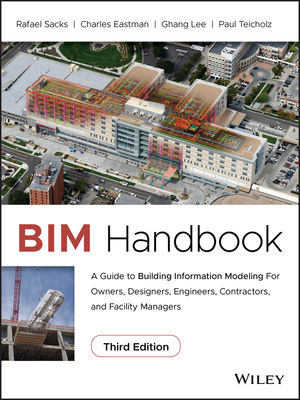Early on, one of the utility's own witnesses, Dr. David Carrier, testified that he no longer supported the theory that excess pore pressure was to blame. Carrier represented the Florida Dept. of Environmental Protection, the job's permitting agency, during the reservoir's design, construction and operation.
Also, before Carrier testified, TBW employee Amanda Rice, the utility's project manager during design, twice testified under redirect examination that she "may have" witnessed improper construction, thereby giving credence to HDR's central defense.
TBW lawyers also struggled to persuade the jury that data from piezometers installed in the reservoir after the cracking occurred actually indicated increased pore pressure. But the devices didn't show increased pressure levels, so the TBW legal team tried to convince jurors that the pore pressure was relieved when the cracks occurred.
While HDR wasn't required to convince the jury of an alternative explanation for the cracking, it made a considerable attempt to do so. Dr. Les Bromwell, a geotechnical engineer—and former business partner of Carrier's—used a stash of allegedly "secret photos" and an 8-ft-tall Gantt chart to lay out a compelling case that poor compaction was to blame.
How much the jury believed Bromwell is unknown, but TBW attorneys devoted much time and effort to attempting to debunk his methods and conclusions.
Before the trial started, Tampa Bay Water settled with the construction firms that built the reservoir. The utility first came to terms with construction manager, Construction Dynamics Group, for $6 million and then with general contractor Barnard Construction and its embankment subcontractor, McDonald Construction Corp., for $750,000.
Forging Ahead
Post-verdict, Seeber expressed no regrets for TBW's rejecting the mediator-driven settlement offer of $30 million and risking incurring millions of dollars in legal bills, if it lost in court. (TBW has reported $10.6 million in legal bills to date; it expects HDR, as the prevailing party, to file for lawsuit-related expenses of between $13 million and $18 million.)
TBW's motion seeking a new trial is the first step in filing an appeal. Timothy Connolly, executive vice president with HDR and the firm's leader for the lawsuit, expressed frustration with TBW and suggested it's time for the utility to move on.
In a statement to ENR, Connolly said, "Since the time when TBW excluded HDR from helping investigate the issues, to rejecting our settlement offer, they have continued to pursue an aggressive strategy of litigation rather than cooperation. The quick decision by the jury should leave no doubt that the cracking is a result of poor construction and not a design issue."


























































